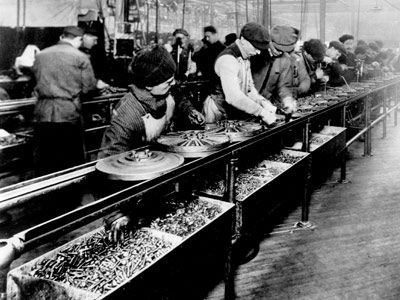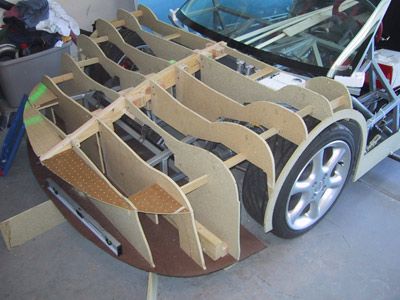Did you ever spend hours as a kid sketching pictures of cars, devising design variations and more streamlined looks? Or carving derby cars from blocks of wood? Pencil and paper have gone the way of the dinosaur since then: Modern automotive designers and engineers have a powerful tool -- computer-aided design (CAD) software -- at their disposal to help bring their ideas to life and facilitate the process of imagining, designing and refining them. CAD software is also used in packaging, shipbuilding, aerospace design, industrial and architectural design, film animation and many other applications.
Dr. Patrick J. Hanratty helped pioneer the use of CAD in automotive design by developing a computer software system for General Motors in the mid-1960s that automated some repetitive drafting chores. The use of CAD systems in automotive design expanded significantly over the years as computer costs decreased and technology grew by leaps and bounds. Now, almost every automotive manufacturer in the world depends on CAD as part of its design, engineering and manufacturing processes.
Advertisement
Today's automotive engineers and designers use CAD systems to draw their designs quickly, work with other experts, and simulate actual performance. Collaboration is an important part of the process; CAD allows designers to share information with the engineering and manufacturing teams for feedback and feasibility studies. Designers can even create visual prototypes for consumer research and marketing purposes. By streamlining the development process, auto manufacturers can reduce the time from drawing board to assembly line to roll out new models faster than ever before.
Automotive CAD systems can even help identify and eliminate design faults. Computer simulations put 3D models through a variety of real life situations --including high speeds, harsh weather, violent impact caused by accidents, even wear-and-tear -- to determine if a design is street-worthy. Designers have used CAD to help make cars safer, by using software tools to design and test seat belts, air bags, improved visibility, energy transfer and absorption, and vehicle control and handling, including anti-lock brakes.
Although CAD makes the work of designers much easier, there's little chance that CAD will ever take away the job of the automotive designer. CAD, despite being sophisticated and invaluable in today's automotive industry, is really just a software tool that brings innovative designs to life. It requires human intelligence, an understanding of the automotive marketplace, the drive to create -- and, most importantly, a love for designing cars -- to use the technology effectively.
Advertisement



